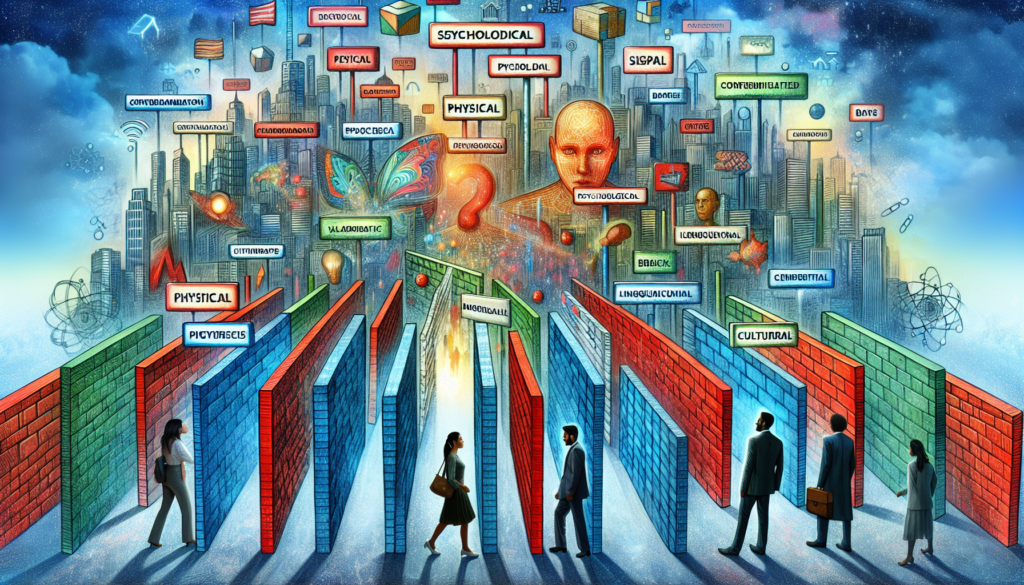Meaning and Types of Barriers in Communication Skills
Effective communication is essential for personal and professional success. However, various barriers can hinder clear communication. In this blog, we’ll explore the meaning and types of barriers in communication skills, allowing you to become a more effective communicator. Let’s dive in!
Understanding Communication Barriers
Communication barriers are obstacles that prevent the recipient from receiving the intended message accurately. These barriers can exist due to various reasons such as language, culture, or even personal biases. Recognizing these barriers is the first step towards overcoming them.
Types of Communication Barriers
The barriers in communication can be classified into several categories. Below we will discuss the primary types of communication barriers:
1. Physical Barriers
- These are tangible obstacles that prevent communication from occurring effectively.
- Examples include distance, noise, and time constraints.
- Physical barriers can often be minimized with proper planning.
2. Psychological Barriers
- Psychological barriers stem from emotional, mental, or emotional attitudes of the parties involved.
- Examples include stress, mistrust, and preconceived notions.
- Such barriers can be challenging to overcome, but understanding emotions is crucial.
3. Language Barriers
- Differences in language can create significant hurdles in communication.
- Language barriers occur when the sender and receiver do not share a common language or level of understanding.
- Using simple words and avoiding jargon can help bridge this gap.
4. Cultural Barriers
- Cultural differences can lead to misinterpretations of messages.
- Diverse cultural backgrounds may result in different values and norms.
- Being aware of cultural sensitivity can greatly enhance communication effectiveness.
5. Emotional Barriers
- Emotions can significantly affect communication.
- For instance, if one party is angry or irritated, they may misinterpret the other person’s intentions.
- Being in control of your emotions is key to effective communication.
6. Semantic Barriers
- Semantic barriers arise from the different meanings of words.
- The sender might use complex terms that the receiver does not understand.
- Always strive for clarity and simplicity in your language.
How to Overcome Communication Barriers
Recognizing the barriers is important, but overcoming them is where the real progress lies. Here are some practical strategies:
- Practice Active Listening: Ensure you listen attentively to the speaker without interrupting.
- Clarify and Paraphrase: Repeat what you’ve heard to ensure understanding.
- Use Clear Language: Avoid complex vocabulary and jargon.
- Be Open-Minded: Stay receptive to different viewpoints and opinions.
- Check Non-Verbal Cues: Maintain appropriate body language and eye contact.
Conclusion
Understanding and overcoming barriers in communication is vital for personal growth and professional success. By recognizing the various types of barriers and implementing strategies to overcome them, you can enhance your communication skills significantly. Remember, effective communication is not just about speaking; it’s also about listening and understanding.
Start applying these insights in your daily interactions and watch your communication improve. For further reading and resources, stay tuned to our blog!


